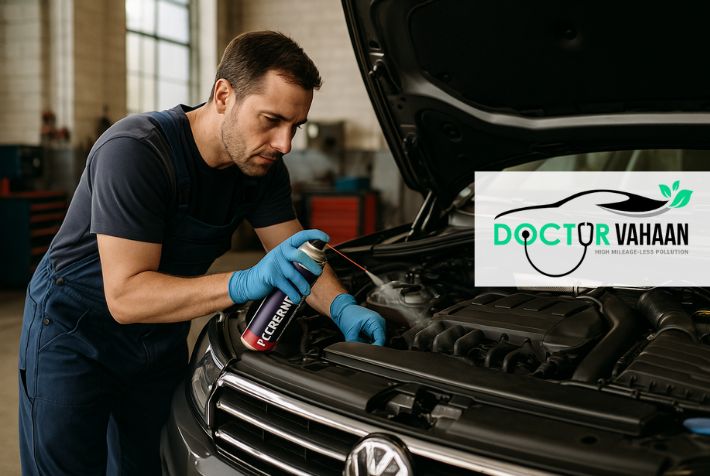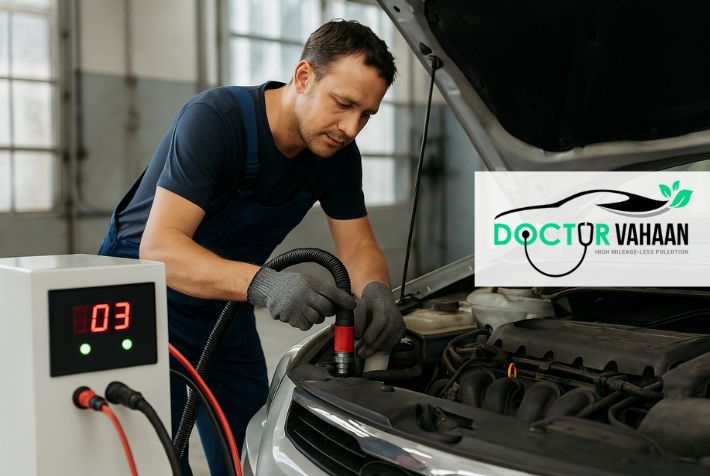How Sustainable Driving Starts with a Clean Engine
21 Jul 2025

Sustainable driving is more than simply turning to electric cars or saving fuel—it begins with the engine. A healthy engine that has been properly maintained is essential in lessening emissions, improving fuel mileage, and reducing your vehicle’s footprint on the planet. When your engine is running at its highest level, it uses fuel more efficiently, emits fewer toxins, and gets fewer repairs in the future. Spending on your engine is not only an option; it’s a turning point to a more sustainable future. Also, invest in car engine decarbonization to help towards sustainability.
In a sprint to a greener world, electric vehicles generally are at the leading edge. But you would be surprised to learn that your current diesel or petrol vehicle can also contribute towards sustainability with something as basic as engine cleanliness? A clean engine isn’t merely power; it’s how to begin driving responsibly and low on emissions. In this article here, we will share with you some ideas about where sustainable driving begins from – a clean engine.
Several Ways Sustainable Driving Begins with a Clean Engine
Each time you go flat out, your car engine is subjected to millions of little combustions. Over time, not-burnt fuel residue, carbon deposits, and sludge accumulate, gnawing away at performance and undermining the fuel economy of combustion.
Better fuel economy
Carbon, grime, and sludge deposits in the engine significantly compromise combustion efficiency, leading to inefficient fuel usage. By doing regular maintenance such as oil changes, air filter replacements, and fuel injector cleaning, you are able to keep your internal engine parts clean. This enables your automobile to run at peak performance, maximizing fuel efficiency and lowering the cost per mile. Additionally, with the best car engine decarbonization, your car will be capable of running on improved fuel efficiency, and your automobile will run smoothly.
Extended engine life
Sludge and debris buildup automatically lead to overheating, frozen parts, and wasted wear. Clean engines operate at their proper temperatures and undergo less mechanical stress, meaning fewer repairs, less part replacement, and increased engine lifespan. A healthy engine not only increases the level of performance but also reduces the resources for manufacturing and waste handling, making it a good investment for sustainability.
Compatibility with green fuels and technologies
When running on biofuels or green additives, maintenance of the engine requires particular attention to allow the best outcomes of these cleaner-burning fuels. A clean engine operates more effectively, allowing for optimal combustion and lower emissions. Hybrid engines and start-stop systems also profit from a clean environment due to their operations being dependent upon accurate sensor readings and correct engine timing. The removal of buildup and residue makes them more dependable, resulting in less engine vibration and a more environmentally friendly driving experience.
Lower Emissions
A soiled engine will produce high concentrations of poisonous gases, which are hazardous to the health of humans and to the environment. Cleaning the engine is crucial in having an optimal air-to-fuel ratio and perfect combustion, both of which have a drastic diminishing effect on exhaust emissions.
This is particularly important in urban areas, where vehicle emissions have a large contribution to poor air and cause smog and respiratory ailments for residents. By placing engine cleanliness at the top of our lists, we can help build a healthier world and promote a more environmentally friendly future.
Sustainable driving is not all about high-tech technology or purchasing a new vehicle. It usually begins with something as straightforward and basic as a clean engine. Clean engines plus regular maintenance and responsible stewardship can save fuel, reduce emissions, extend engine life, and contribute to a healthier world. A small action with a strong environmental payoff—demonstrating that real sustainability starts under the hood.







